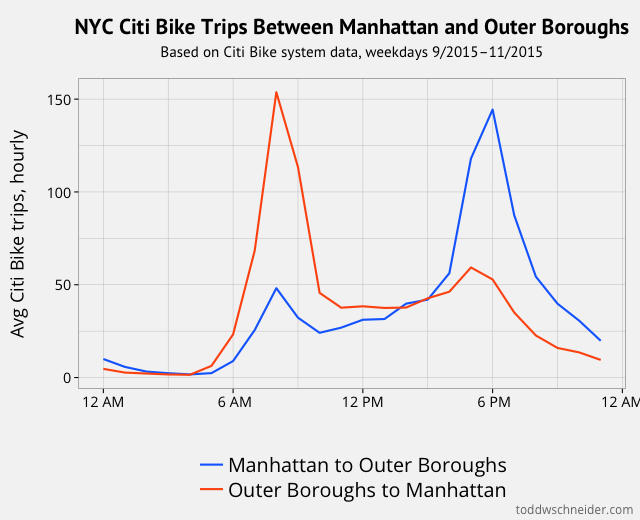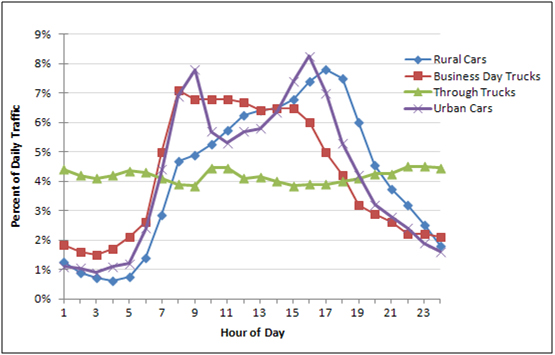For the last time, I am going to explain this very slowly for the benefit of those who don't understand Transportation Economics 101.
The reason cars are sitting around most of the time is that PEOPLE DO NOT WANT TO GO OUT AT 4 AM.
The reason cars will not be used more efficiently is that EVERYONE IS DRIVING FROM 8 AM TO 9 AM. To get to their JOBS. The only way to get the cars used more efficiently is to actually get the commuters out of their cars (onto bicycles or something).
This isn't going to change due to magical wishful thinking. Jobs aren't going to change their hours (this has been tried, once on a national scale by order in the USSR, and several times by various companies in the US, and it has never made any progress; people don't like it). People are still going to be asleep at 4 AM.
Now, I am really sick of explaining these basics. If you can't figure out why this makes most of these "more efficient car use" fantasies into FANTASIES, I am done with you.
I am not saying there won't be money made from a "Tesla Network". They have a decent chance of replacing Uber, Lyft, carshare, and taxis. It'll never get bigger than that; it can't.
+1
In addition, if there were a far lower number of cars but each operating 24/7, they would be quickly worn out and need to be far more frequently replaced by fresh production.





